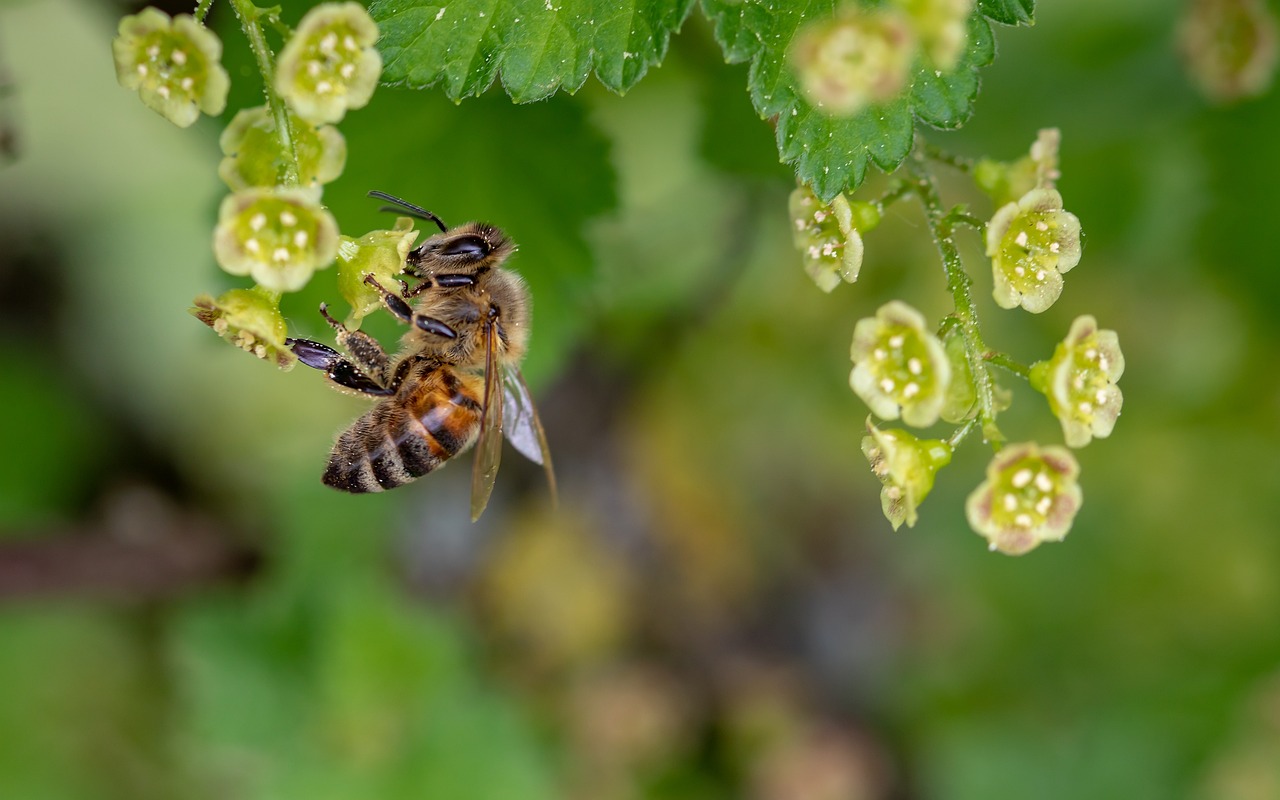Summary of Bee and Money Linkage Dates Back to Ancient Civilizations Due to Honey:
Bees have been associated with humans for thousands of years, dating back to the kingdom of Macedon in ancient Greece. The connection between bees and humans is often represented in currency, with coins in various countries featuring honeybees. The reason for this symbolic connection is unclear, but it may be linked to public awareness and the environmental impact of bees. Bees are essential for pollination and provide various products such as honey, beeswax, and royal jelly. The honey industry plays a significant role in the agriculture sector in the United States.
Summary:
1. Bees are efficient pollinators, providing useful substances like honey and beeswax.
2. Bees have been associated with humans for thousands of years, dating back to the kingdom of Macedon.
3. Bees have been depicted on ancient coins from various civilizations, including Greece and Tonga.
4. The reasons behind the connection between bees and currency are not fully understood, but factors may include public awareness and the environmental impact of bees.
Bees are fascinating creatures that are crucial in our ecosystem as efficient pollinators. They are responsible for pollinating numerous plants and crops, making them essential for food production and maintaining biodiversity. But bees offer us more than just their pollination services. They also provide valuable substances like honey, beeswax, royal jelly, and other medicinal and nutritional uses.
Many people may not realize that the association between bees and humans goes back thousands of years. Bees have been linked to human civilization as early as the Kingdom of Macedon, located north of Greece. The fascinating aspect of this association is the connection between bees and currency.
Around 2,400 years ago, the kingdom of Macedon introduced a silver obol coin with a honeybee symbol on one side. This shows that even in ancient times, bees were regarded as significant and worthy of representation in currency. Interestingly, this is not an isolated occurrence. In more recent times, the Royal Australian Mint issued a $2 coin in 2022, also adorned with the image of a honeybee. These instances highlight the symbolic connection between honey and money that has persisted throughout the centuries.
Ancient Greece is another civilization that embraced the symbolic power of bees on their coins. Various Greek cities and towns featured the image of bees on their currency, possibly due to economic ties with Ephesus, a city in Ionia that made the bee its civic emblem. Using bees as a symbol of currency further reinforces the association between bees and the value of money.
It’s not just ancient civilizations that recognized the significance of bees on currency. In the island nation of Tonga, a coin from the Food and Drug Administration (FAO) international coin program depicted 20 honeybees surrounding a hive. This coin was part of an initiative to promote sustainable agriculture.
The reasons behind the integration of bees with coins remain somewhat unclear. However, several factors could contribute to our fascination with “bee coins.” One possibility is the growing public awareness of the importance of bees and their role in pollination. As people become more educated about the environmental impact of bees, they may see these creatures as valuable and worthy of celebration on currency. This increased awareness could translate into a symbolic representation of bees on coins.
In addition to their role in pollination, bees have significant economic value. In the United States, honey bees are crucial for the country’s agricultural sector. According to the FAO, honey bees are friendly and hard-working creatures capable of producing various hive products, including beeswax, honey, pollen, propolis, royal jelly, and venom. Among these products, honey is the most commercially relevant.
Their economic importance may influence the link between bees and money in agriculture. As honey bees contribute to producing valuable products, they become intertwined with wealth and currency. This association could further contribute to the depiction of bees on coins.
In conclusion, bees have been an integral part of human civilization for thousands of years. Beyond their role as efficient pollinators, they provide invaluable substances and have become symbols of wealth and prosperity. As seen in ancient coins and more recent examples, the connection between bees and currency highlights the enduring fascination with these remarkable creatures. Whether due to their economic value, environmental impact, or beauty and importance in nature, bees continue to captivate our attention and inspire us to celebrate their presence in our lives.

